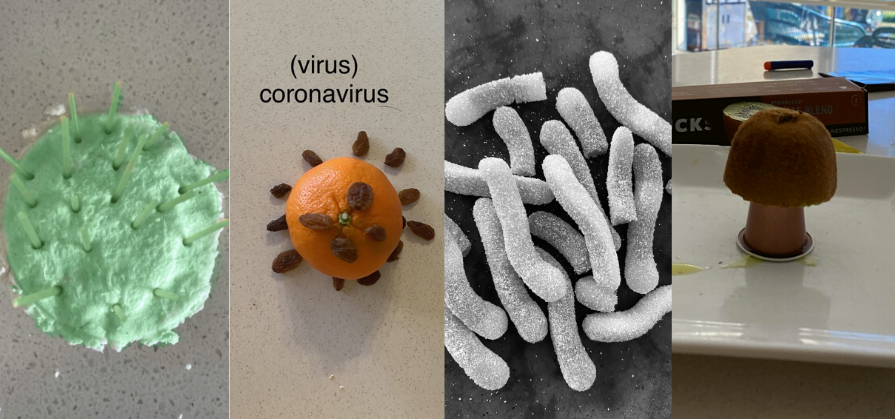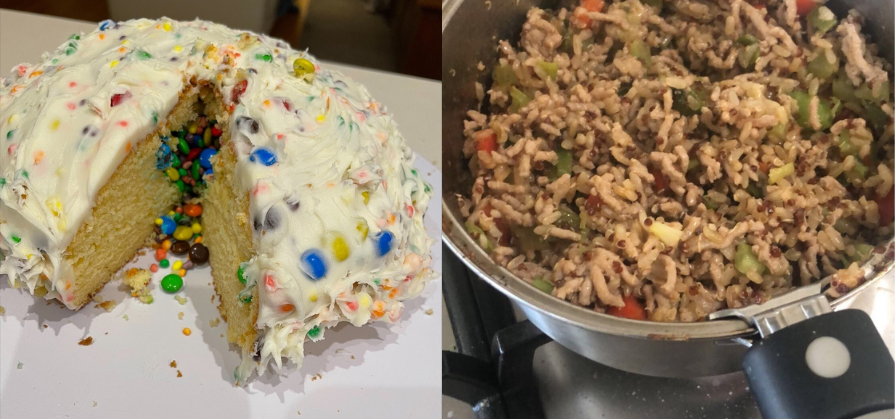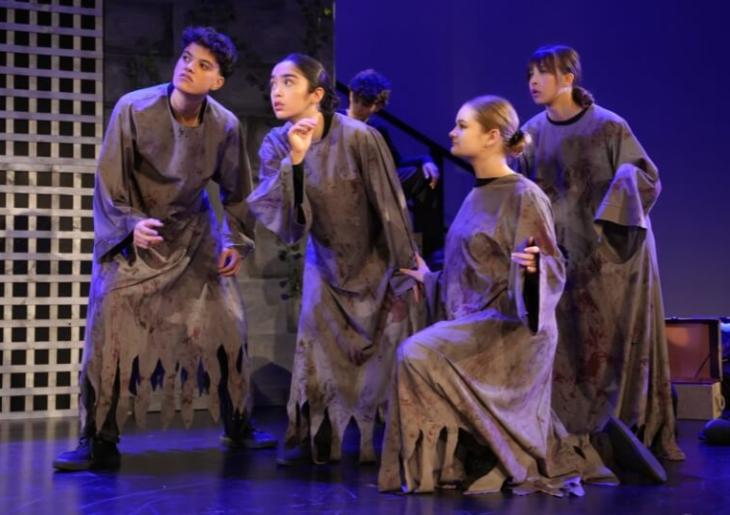National Science Week explores science and food

Chemical reactions, pathogens and viruses were all explored for National Science Week - but using food in the kitchen instead of chemicals in the lab.
Fallon in Year 10 cooked San Choy Bau for dinner: “Gelatinization and retrogradation are the two processes in rice cooking. Heat and liquid enter the grain while rice cooks, breaking down the starch molecules (amylose and amylopectin).”
Making honeycomb taught students about thermal decomposition reactions. The heat causes the carb soda in the honeycomb syrup solution to break down releasing bubbles of carbon dioxide which causes the honeycomb mixture to rise.
Ashleigh in Year 9 baked a cake and discovered a secret to make her cake super fluffy: “Raising agents like baking powder are the magical chemicals that makes cakes and other baked goodies rise. With the addition of water, the baking powder makes tiny bubbles of carbon dioxide. As the cake bakes, the heat from the oven makes the CO2 bubbles expand and causes the cake to rise.”

Year 9 have also been investigating different pathogen types as part of the Disease and Medical Technology unit. Students were asked to create a model of a pathogen using food items. Lollies, fruit and cupcake decorations were used to create pathogens like viruses, bacteria and fungi.
Simone in Year 10 conducted a simple pressure experiment using a bottle and an egg: “The egg in the bottle experiment works when air expands due to heat and some of it escapes through the bottle. When you light the newspaper and it burns out in the bottle, the air inside the bottle cools and contracts, taking up less space and resulting in a lower air pressure inside the bottle than outside. The egg is pushed inside the bottle by the air molecules on the exterior.”




